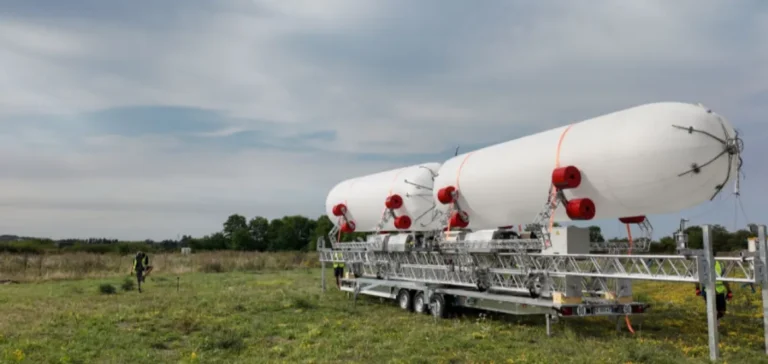French company Wind fisher has introduced a new type of wind turbine designed to operate at high altitudes, based on the Magnus effect—a technology previously unused at this scale. Called the Magnus Airborne Generator (MAG), this aerial wind turbine combines a helium-inflated rotating wing that generates lateral force with a ground station that converts the mechanical energy into electricity.
An innovation to harness constant winds above 300 metres
Winds circulating above 300 metres are significantly more consistent and intense than those near the ground. By targeting this resource, Wind fisher claims its system can produce twice the electricity of a ground-based wind turbine and up to five times that of a solar installation. This consistency enables more stable input into electrical grids, a significant advantage for operators.
Reduced costs and flexible deployment
The system requires no concrete foundation, uses 90% fewer materials than conventional turbines, and can be installed within 24 hours, even in remote areas. Ground footprint is also minimised—four times smaller than that of a standard wind turbine and seventy times smaller than a solar plant.
A product range for multiple market segments
Wind fisher offers several models, including the MAG 25, designed for decentralised applications and small industrial sites, and the MAG 80 for large-scale power producers. These modular units can be grouped to form wind parks from 10 to 100 megawatts.
Pre-industrial phase and commercial deployment by 2026
Based in Grenoble and Paris, the company is now entering the pre-industrialisation phase and plans to launch its first commercial pilot in 2026. Its goal is to establish a strong presence in the international high-altitude wind market.






















